Did you know that your body expends energy (aka burns calories) just by existing? This is called your resting metabolic rate, or RMR. You may have heard of the term basal metabolic rate, or BMR which is very similar to your RMR—BMR is a subset of your RMR!
The difference is your BMR is the how many calories your body burns while at total rest (think while you’re sleeping), whereas your RMR is the amount of daily calories you burn going about your normal day. Your RMR makes up about 60-70% of the calories that you burn each day.
Basic activities that use energy are:
- The beating of your heart
- Cell production
- Respiration
- Body temperature maintenance
- Circulation
- Nutrient processing
Your RMR is determined by many factors including your age, weight, height, gender, environmental temperature, dieting, and exercise habits. Your RMR is largely determined by your total lean body mass, because lean muscle mass takes a lot of energy to maintain. This is why strength training is so critical to a healthy body and metabolism; combining exercise, particularly weight-bearing and resistance training exercise with a healthy diet will increase your RMR.
Am I eating enough?
Now that you know what resting metabolic rate (RMR) means, we can dig a little deeper. Your body’s RMR is dependent on your ability to consistently consume and burn calories throughout the day. But what happens when you don’t supply your body with enough energy?
When we are in a severe caloric deficit, our body’s RMR begins to slow. Crash dieting, fasting, and restricting for long periods of time encourages the body’s metabolism to conserve energy. Basically, the body starts to “self-preserve” because it is unsure of when it will receive an ample amount of energy to function properly.
According to Better Health, extreme amounts of restriction can drop the body’s RMR by 15%. While periods of restriction may cause the body to drop weight initially, the body quickly gains the weight back, PLUS some extra in an effort to preserve for future “starvation” periods. This is why yo-yo dieting has never, and will never, work.
There is no “secret” to weight loss. Diet culture may try to tell you otherwise, but that is only in an effort to fuel the billion dollar weight loss industry.
Here at obé, we know better.
While some factors to your body’s RMR cannot be changed (genetics and biological gender), there are many ways to boost your body’s RMR over time. The best way to increase your RMR is by building lean muscle mass. Muscle mass needs more energy to maintain than adipose tissue, or fatty tissue stored in the body. To boost your metabolic rate over time, aim for 2-3 strength workouts each week.
Another way to ensure an active metabolism is by eating enough throughout the day. Yes, you heard us correctly! When we put our bodies into an extreme caloric deficit, the body mimics a “famine phase” and will actively lower metabolic action during this time. Heads up, the body will stay in this lowered RMR state even when you begin consuming a normal amount of calories. This can not only impede weight loss, it can cause weight gain.
The most successful, sustainable weight loss is achieved by consistently eating a balanced diet and exercising regularly.
But all I hear is how I need to burn calories to lose weight?!
While your Apple watch may tell you you’ve hit a certain number of calories in an intense HIIT workout, your exercise time is actually contributing the least to your overall caloric expenditure. There are plenty of other ways the body uses (or ‘burns’) calories—for example, just by breathing, eating, and sleeping.
Remember: our RMR (which includes BMR) uses 60-70% of your daily calories. So 60-70% of what you eat is used to simply keep you alive and healthy.
Next, we have the thermic effect of food, or TEF. Food gives us energy, but it also takes quite a bit of energy for your body to break down the food, absorb it, and send it to the right place to be used, stored, or passed in the bathroom. Your TEF makes up 10% of your caloric needs!
Finally, we have physical activity, which is split into two categories—exercise activity thermogenesis and non-exercise activity thermogenesis, or NEAT. Simply put, exercise is an activity we plan to do with the goal of moving to expend energy. Think: your obé class, a walk with a set distance or time, or a run.
NEAT, on the other hand, is an everyday activity that requires more energy than sitting, but your goal isn’t to move like in a workout. Vacuuming, taking the stairs, and working at a standing desk all fit the bill. On average, NEAT contributes 15-30% of your caloric needs. The higher your NEAT throughout the day, the more calories you burn.
Now, what about exercise? Your workout can expend anywhere from 150 to 500 calories. But more and more evidence shows that long-term weight loss is supported by mid-range caloric exercise that incorporates strength training accompanied with an increase in non-exercise activity to increase overall calorie usage. Taking the stairs, using a standing desk, parking further away from work and walking are all awesome ways to increase NEAT without over-expending!
So, how much should I be eating each day?
A calorie is a measure of how much energy is in food. Generally speaking, the maintenance of weight is achieved by keeping an equal amount of calories consumed vs. calories expended each day. While this is generally true, there are other factors that contribute to how many calories you should be eating each day. Other factors that may impact your caloric intake requirements include your gender, age, hormones, activity level, BMR, and medications.
The more active you are, the more calories you need to consume to keep your body functioning properly. Eating a balanced diet of protein, carbohydrates, and fats is important to fuel and replenish your body each day. According to the USDA, the percentage of calories we eat in a day should be divided up within the following guidelines:
- Carbohydrates: 45-65%
- Protein: 10-35%
- Fat: 20-35%
While these percentages offer a wide range of caloric consumption for each category, they can be adjusted based on your individual needs and goals. Eliminating any of the major macronutrient groups (protein, carbs, or fats) is never recommended for any reason unless recommended by a doctor.

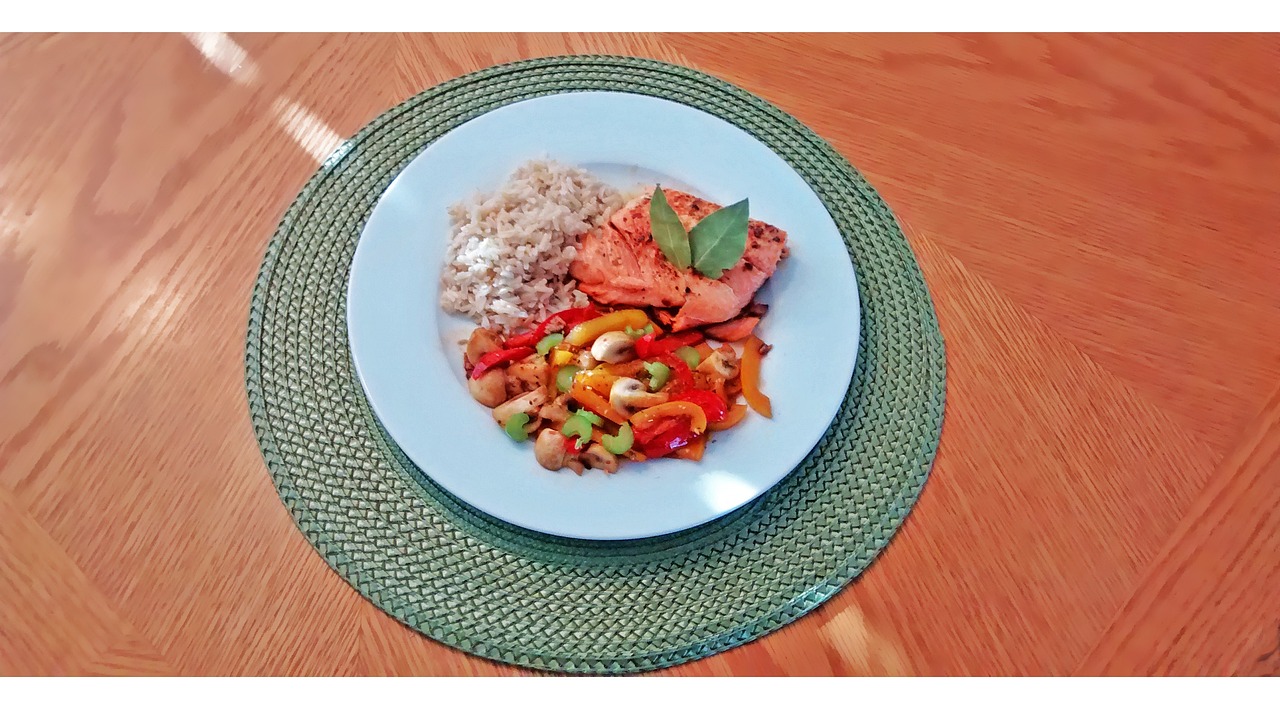




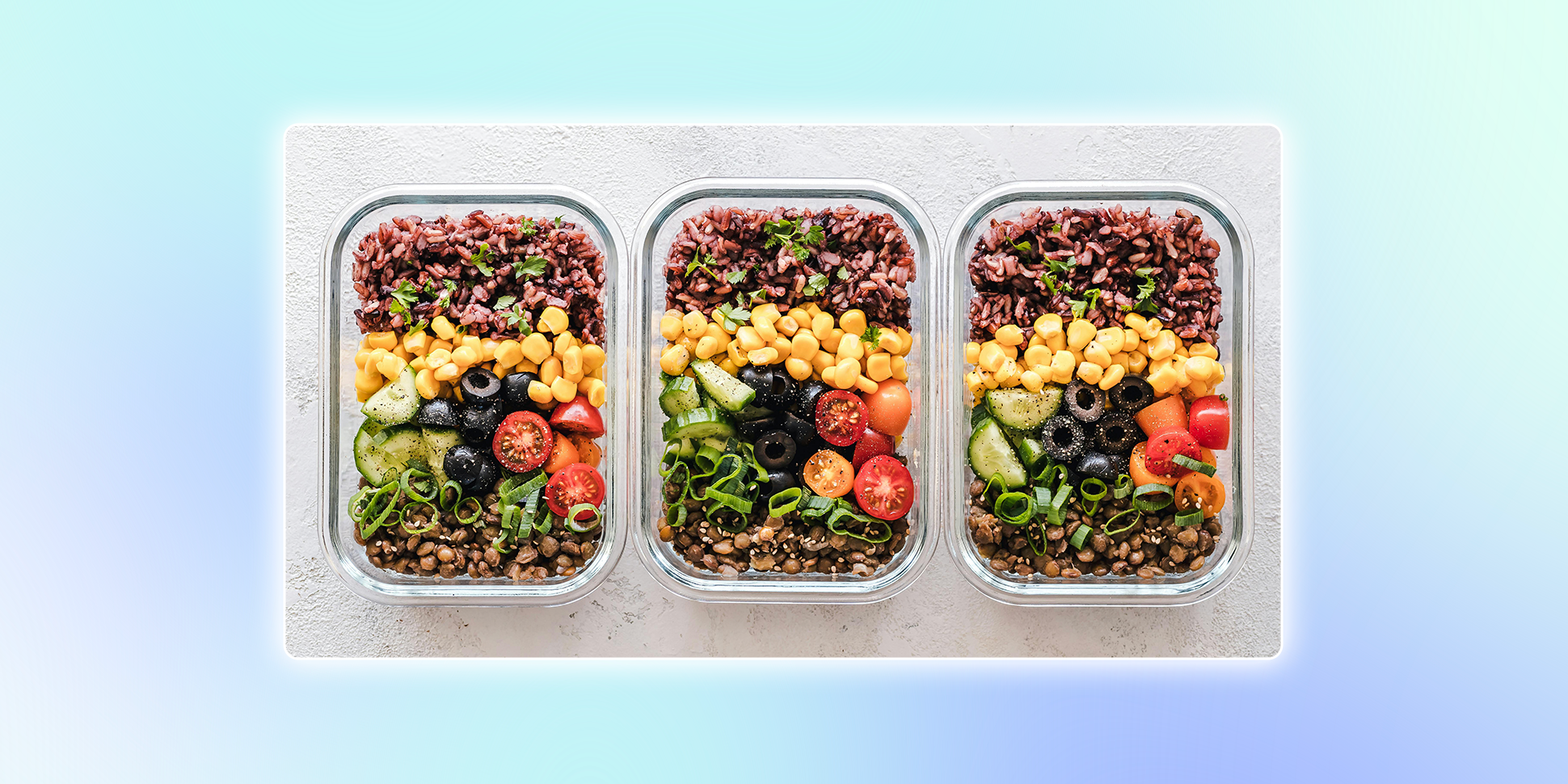







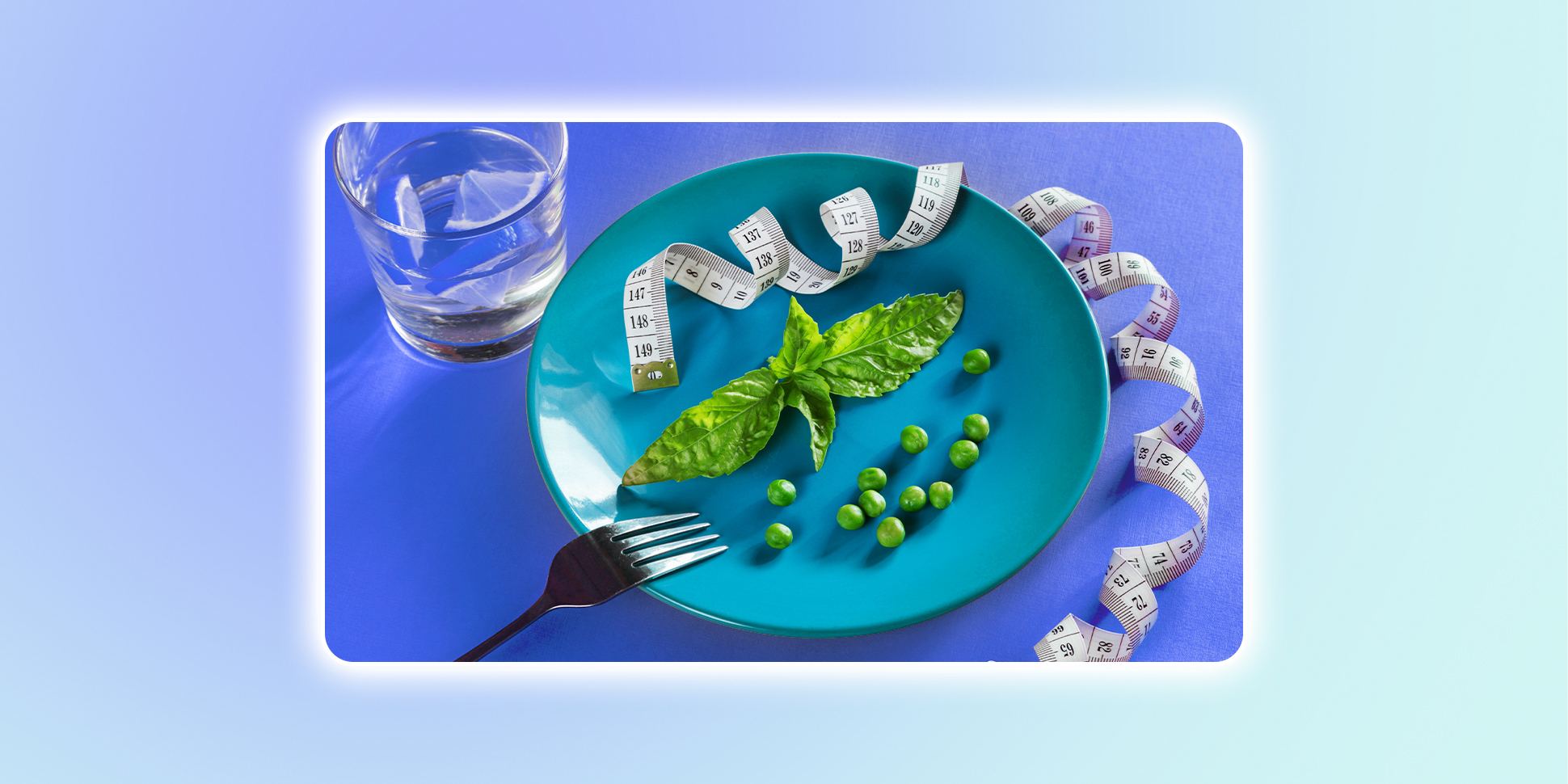






















































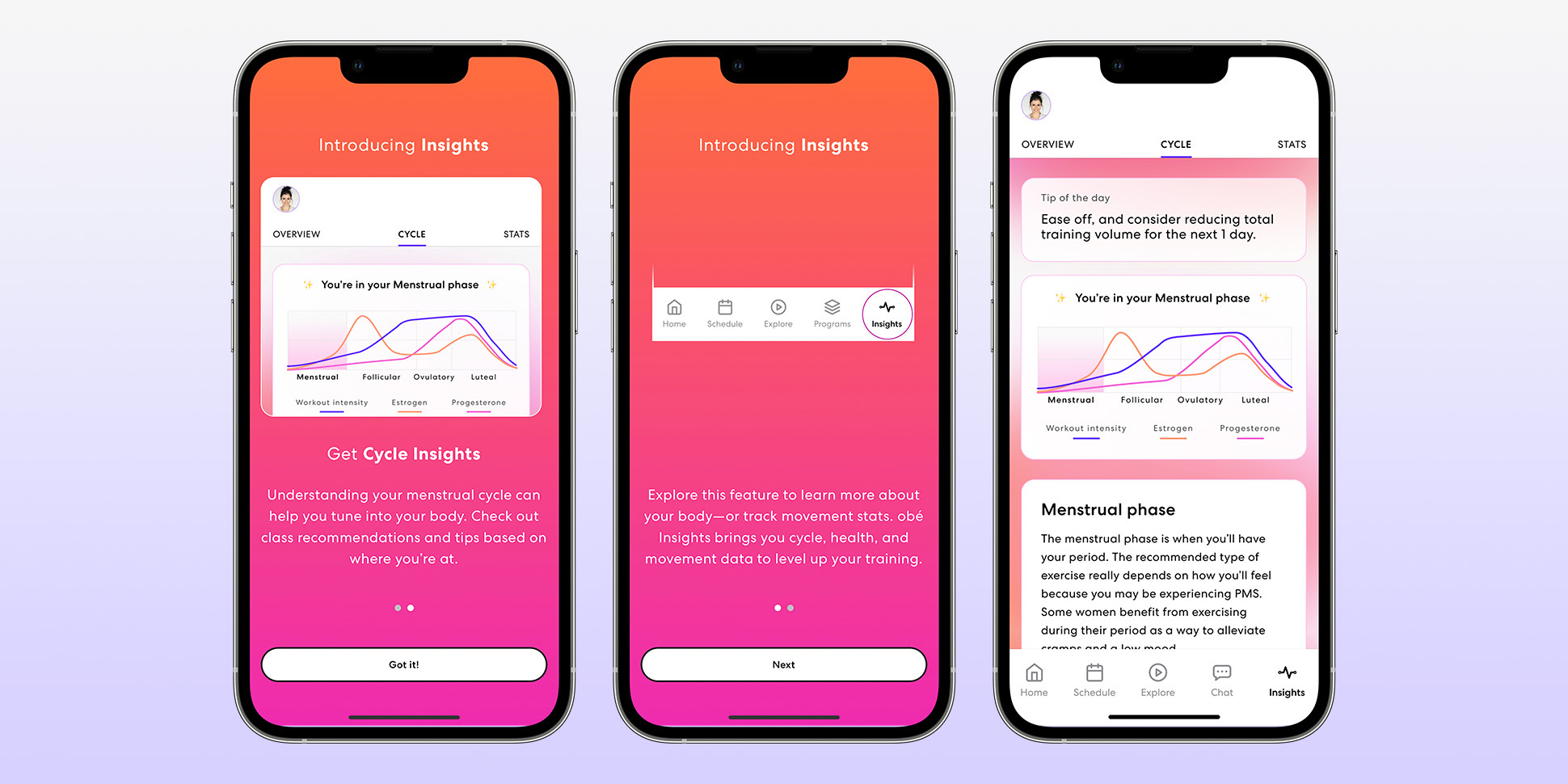

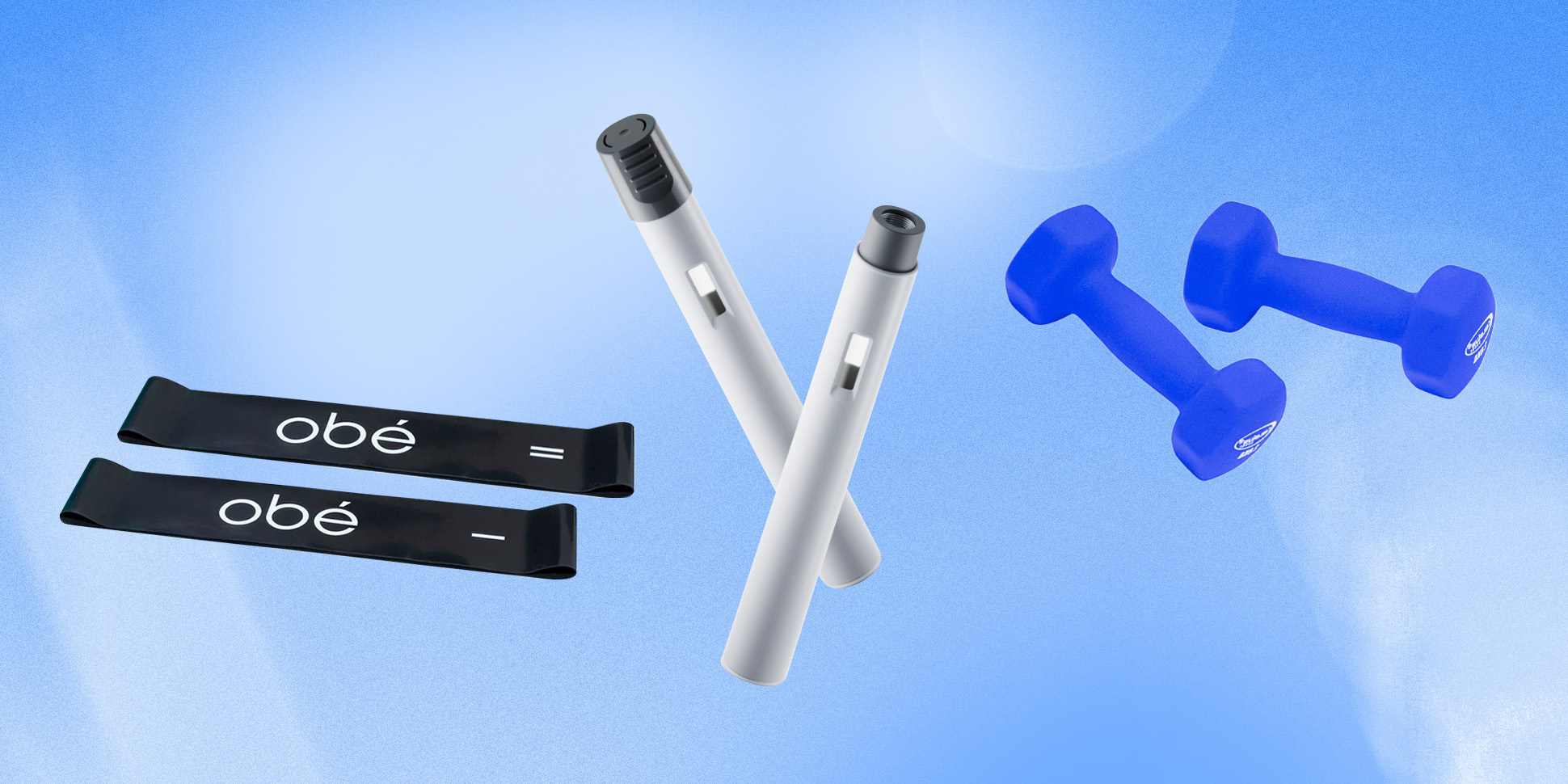



























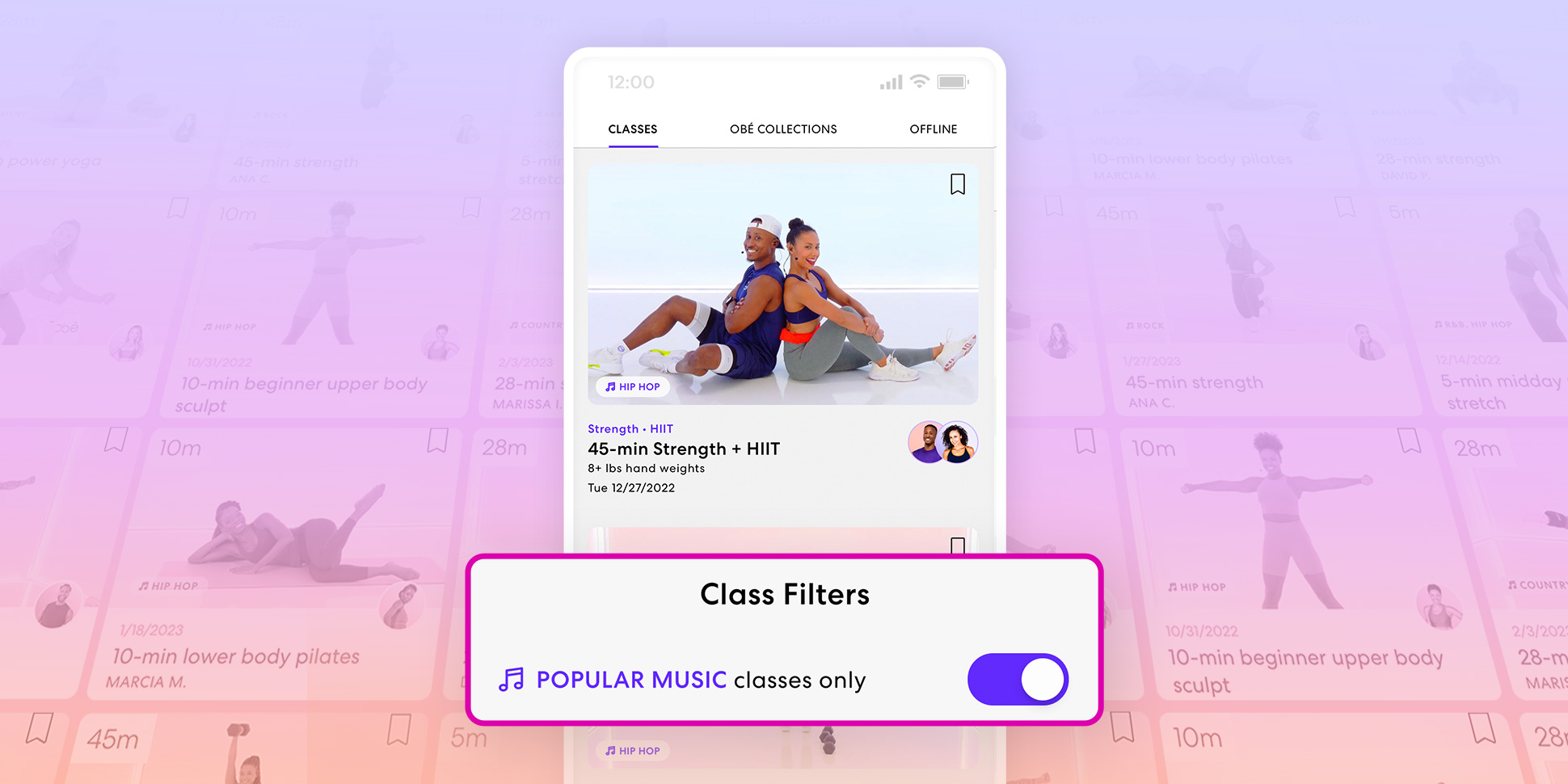








































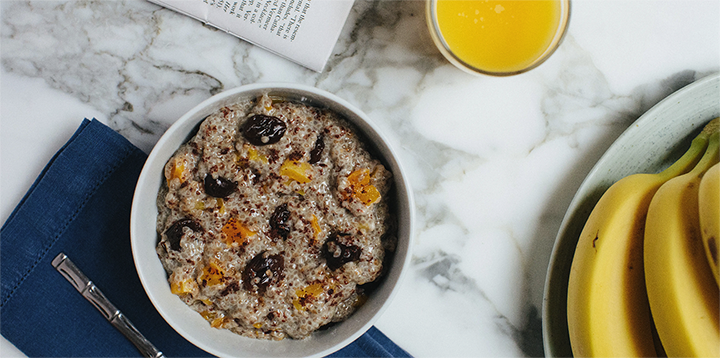










































Leave a Reply